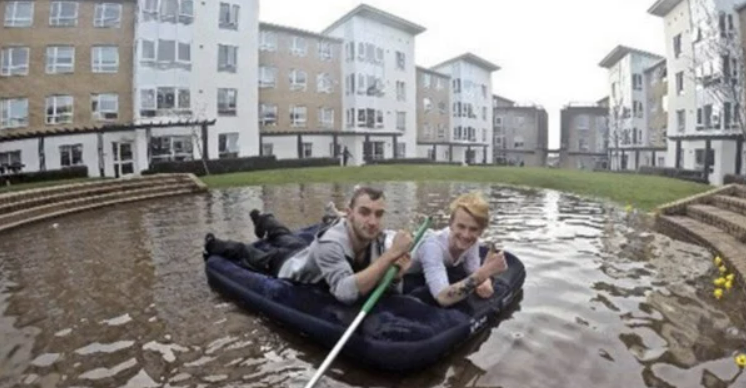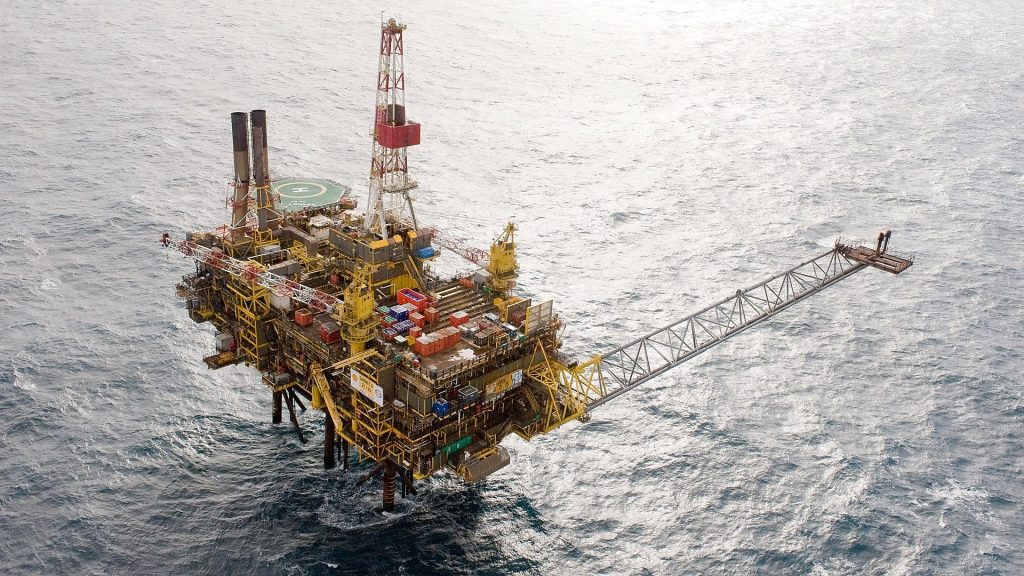Storm Desmond
Living and studying in Lancaster I’m no stranger to rain. With neighbouring city Preston ranking as the 7th wettest in the UK, it’s to be expected. The question is, how much rain should I be expecting on an average day, or month? In 2015, as Storm Desmond hit, residents saw a lot more rain than I ever hope to see. After a month’s rainfall fell in just 24 hours, the River Lune broke its banks, resulting in flooding, power cuts, and evacuation.
Could we have prepared?
With such extreme damage and inconvenience caused, people look for someone to blame. Surely someone in charge could have predicted this? How was there no plan for this situation? There were, of course, measures put in place in an attempt defend against floods; for example, a major substation was fitted to protect against once-in-a-hundred-year floods.

Alas, these well intended preparations didn’t protect against the reality of Storm Desmond. This raises the important question of what could have been done better. Clearly, we should be preparing for higher levels of rainfall than we were previously – but by how much? Also, how likely are we to see an event this severe again in the next few years? Or decades?
Estimating extremes
All of these questions can be answered by estimating how frequently we can expect large, or extreme, levels of rainfall. This provides our motivation for the topic of my next series of blogs: extreme value theory. This area of statistics is central to the risk assessment that goes into the design process of flood defences. By specifically focusing on the most extreme possibilities when modelling the behaviour of rainfall, we are able to prepare for the worst case scenarios. The construction of other ocean structures such as ships and oil rigs also takes into account the theory that I will cover in my next few posts.

Extreme value theory also finds applications in finance, nuclear power and agriculture. Some of these will be covered in subsequent blogs. In the meantime, if you are interested in reading more about appplications see this Wikipedia page. Or, if you want to start learning some the maths then this book is a good place to start.
